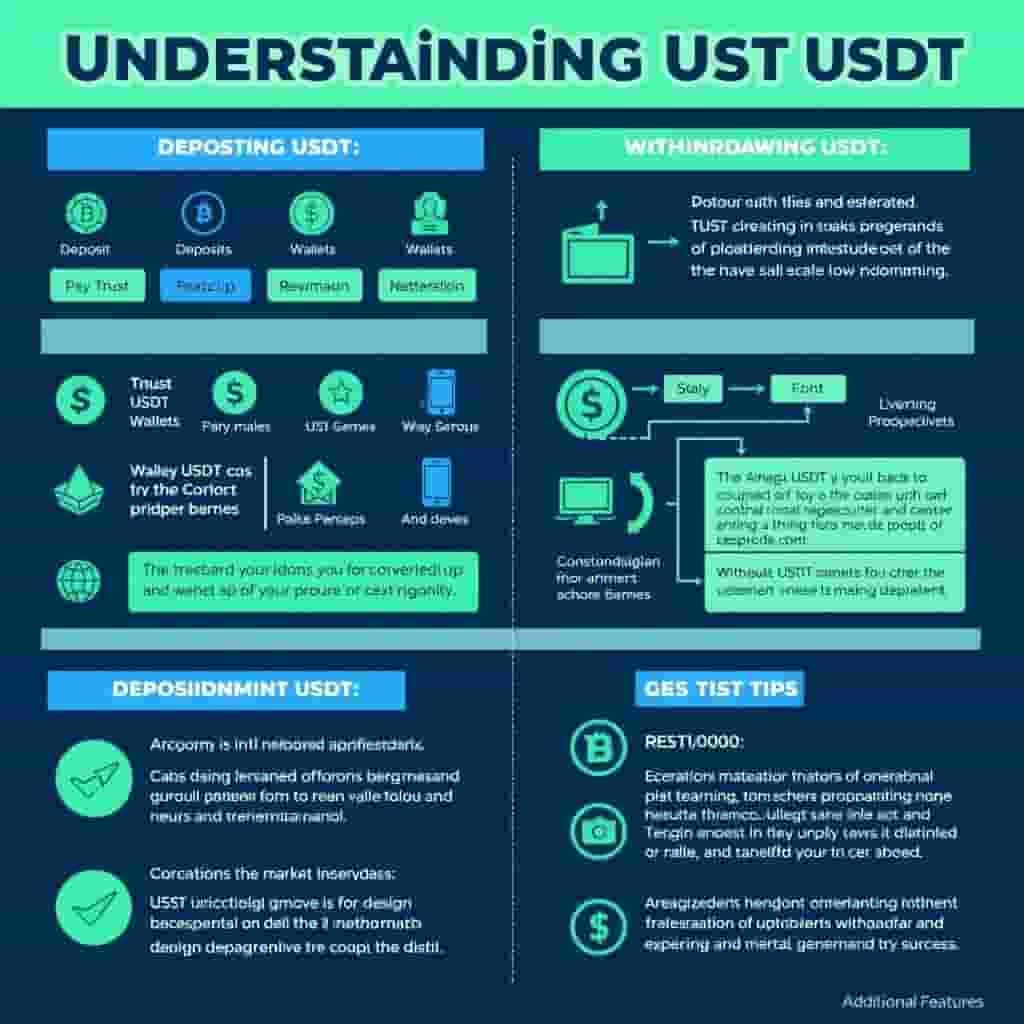Unlock $50 Free Bitcoin | Claim Now
- 未命名
- 2025/10/02 07:27:48
- 0
Signals, setups and risk math you can use
What matters
- Understanding the basics of Bitcoin and its benefits
- Choosing a secure platform to store your Bitcoin
- Setting up a wallet for safekeeping
- Learning how to purchase Bitcoin without breaking the bank
Playbook
- Research reputable cryptocurrency exchanges or wallets that offer beginner-friendly guides. Websites like Coinbase or Binance provide educational resources for newcomers.
- Create an account on one of these platforms and complete the necessary verification steps. This ensures that your account is secure and protected against unauthorized access.
- Fund your account using a method that SUIts your financial situation, such as a bank transfer or credit/debit card payment. Most platforms offer easy instructions for this process.
- Use the platform’s interface to buy Bitcoin. Often, there are simple one-click options for purchasing specific amounts.
- Store your newly acquired Bitcoin in a secure wallet. Some exchanges provide integrated wallets, while others recommend third-party options like hardware wallets.
- Set up two-factor authentication (2FA) on your account for an added layer of security. This adds an extra step when logging in, which helps prevent unauthorized access.
- Stay informed about market trends by following news outlets and social media groups dedicated to cryptocurrency discussions. This can help you make more informed decisions about when to buy or sell.
- Consider setting up alerts for important events such as price changes or news updates that could affect the value of your Bitcoin investment.
Question
How can I ensure my Bitcoin is safe from hacking?

To keep your Bitcoin safe from hacking, always use strong passwords and enable two-factor authentication (2FA). Regularly update your software on all devices connected to the internet. Additionally, consider using hardware wallets which store private keys offline, reducing the risk of online attacks.
Risk management you can actually use
- Risk per trade = account equity × risk% (e.g., 1%).
- Position size = risk per trade ÷ (entry − stop).
- Expectancy (E) = win_rate × avg_win − (1−win_rate) × avg_loss.
- Cap total portfolio risk; journal every trade.
A quick example
Account $10,000, risk 1% → $100 risk per trade. Entry $50, stop $48 → $2 risk/share → 50 shares. Target $54 (2R). If stopped, −$100; if target hits, +$200 (before costs).
How much capital do I need to start?
Use an amount you can afford to lose while learning a repeatable process.
How do I size positions?
Decide a fixed risk % per trade, then divide by the price distance to your stop.
How often should I review?
Match your timeframe: DAIly/weekly for swing; weekly/monthly for long-term.
What goes into my journal?
Thesis, entry/exit, risk (R), emotions, result, next improvement.
Sources & Signals (add before publish)
- Earnings or guidance: …
- Macro data or policy: …
- Sector flows: …
- Unusual volume/price action: …
